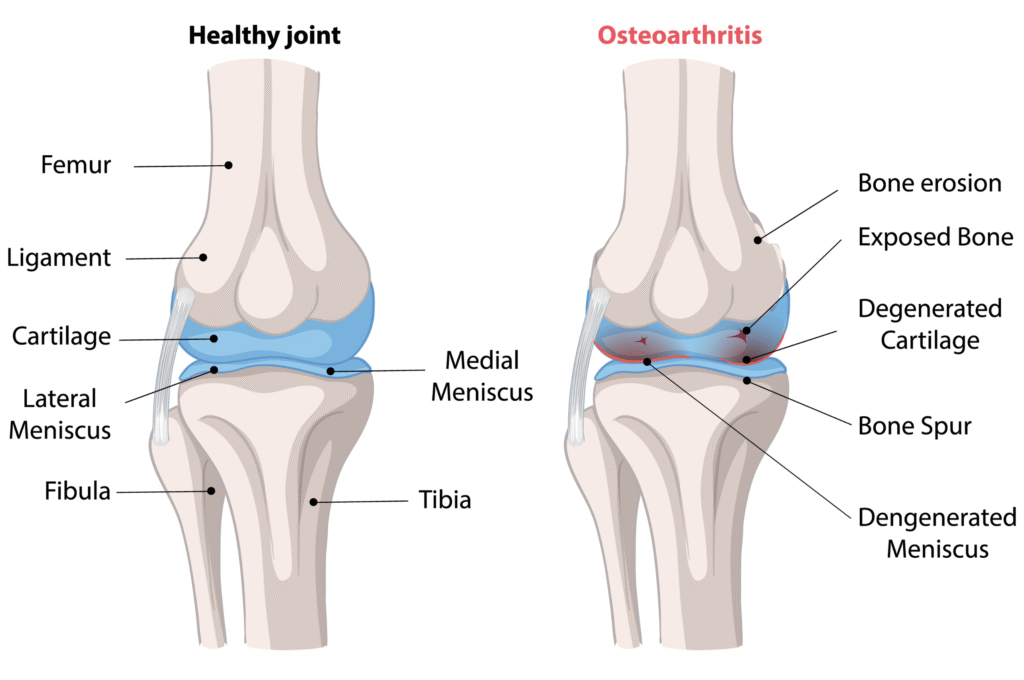
Vadodara :-
208-211, Pancham Icon, Besides Vasana
D-mart , Vasana Bhayali Road, Vadodara,
Gujarat, India-390007
+91 63598 76699
View On Google Map
Ahmedabad :-
238, Samaan Complex, Opp. Satyam
Mall Kameshwar School to Mansi Circle Road,
Ahmedabad, Gujarat, India-380054
+91 81604 74568
View On Google Map

Vadodara
Dr. Mahavrat Patel :
Monday to Saturday-10:00 AM to 01:00 PM &
05:00 PM to 08:00 PM
Ahmedabad
Dr. Mahavrat Patel : ( Only on Alternate Sundays by Appointment Only )
Dr. Swapni Patel :
Monday to Saturday-10:00 AM to 01:00 PM &
05:00 PM to 08:00 PM
WhatsApp us